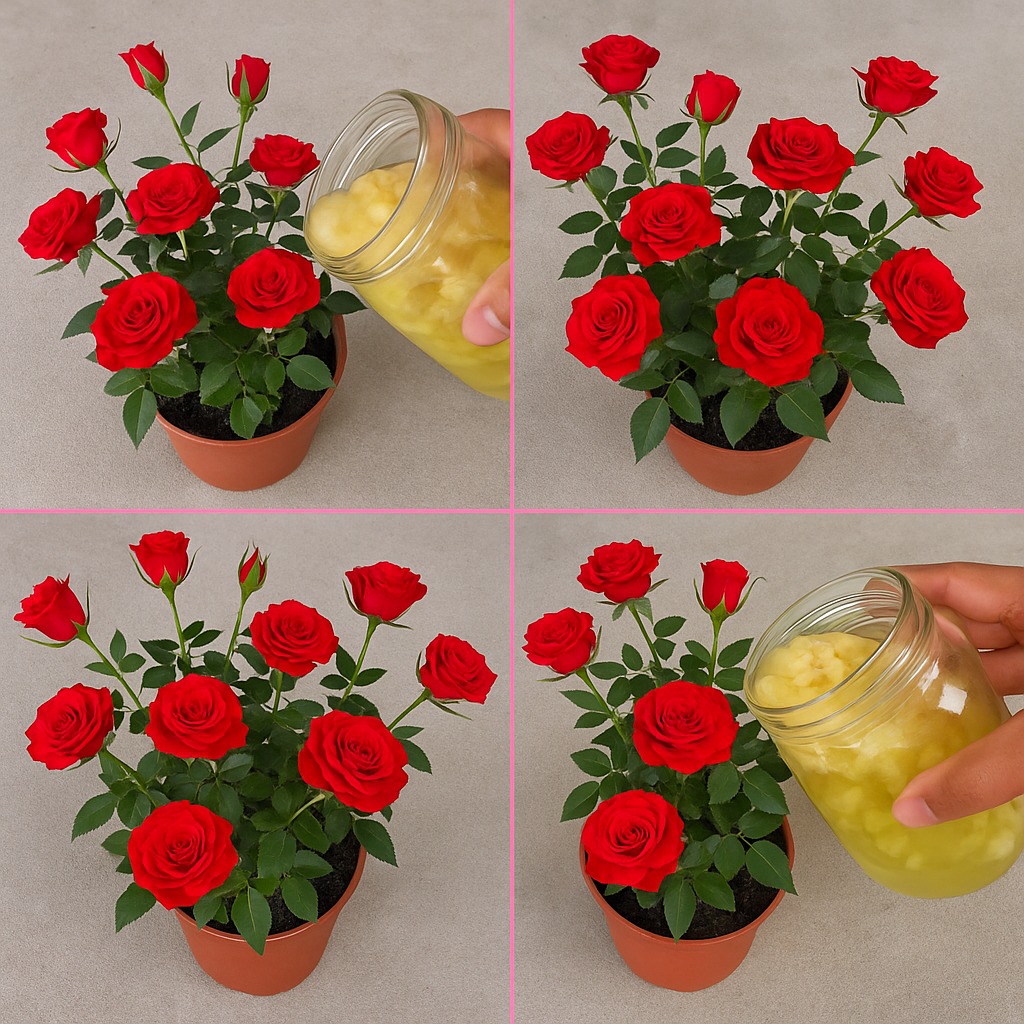Roses are among the most cherished garden flowers, prized for their beauty, fragrance, and long blooming season. But did you know that with the right pruning technique in mid to late summer, many rose varieties can bloom again before the season ends?
Summer pruning plays a key role in encouraging repeat flowering, improving plant health, and keeping your rose bushes looking neat and vibrant. If your roses have just finished their first flush of blooms, now is the perfect time to give them a light trim. Here’s how to do it the right way to enjoy a second wave of blossoms.
Why Summer Pruning Matters
Pruning roses after they bloom in early or mid-summer helps the plant redirect its energy into new growth and flower production, rather than producing seeds or hips. When spent flowers are left on the bush, the plant thinks its job is done for the season. By removing these faded blooms and trimming back lightly, you signal the plant to start growing and flowering again.
This technique is especially effective for repeat-blooming varieties such as hybrid teas, floribundas, and many shrub roses. However, it’s not recommended for once-blooming varieties, which only flower once per season on old wood.
Tools You’ll Need
Before you begin, gather these basic tools:
-
Sharp pruning shears (clean and disinfected)
-
Gardening gloves to protect your hands from thorns
-
A bucket or bag for collecting clippings
Make sure your pruning shears are sharp to ensure clean cuts that won’t damage the plant.
Step-by-Step Summer Rose Pruning
-
Wait for the first bloom cycle to end.
The ideal time to prune is after the initial summer bloom — usually around mid to late summer, depending on your climate. -
Remove faded blooms (deadheading).
Start by snipping off spent flowers. Cut just above the first or second set of five-leaflet leaves below the bloom. This is where new shoots are most likely to emerge. -
Trim back lightly.
Don’t cut back too severely in summer. Trim about 15–20 cm (6–8 inches) from the top of the stems, just enough to shape the plant and stimulate new growth. Avoid removing more than one-third of the plant at this time. -
Cut at a 45-degree angle.
Always make cuts just above an outward-facing bud at a 45-degree angle. This encourages outward growth and helps maintain a well-ventilated shape, which reduces the risk of fungal disease. -
Remove weak or damaged stems.
Use this opportunity to thin out dead, diseased, or crossing stems. Removing weak shoots helps the plant focus its energy on producing strong, healthy stems and buds. -
Clean up the base.
Clear away any fallen petals or leaves around the base of the plant to prevent the spread of pests and disease.
Aftercare: What to Do Post-Pruning
Pruning is only part of the process. For best results, follow these post-pruning care tips:
-
Water deeply.
Roses need consistent moisture, especially when they’re pushing out new growth. Water at the base to avoid wetting the foliage. -
Feed your roses.
Apply a balanced rose fertilizer or a bloom-boosting formula (higher in phosphorus) after pruning. This encourages new buds to form quickly. -
Mulch around the base.
A layer of mulch helps retain soil moisture and suppress weeds. It also keeps roots cool during hot summer weather. -
Inspect regularly.
Watch for signs of pests like aphids or fungal diseases such as black spot or powdery mildew. Early treatment can prevent bigger problems.
What to Expect After Summer Pruning
continued on next page
ADVERTISEMENT
ADVERTISEMENT
ADVERTISEMENT

